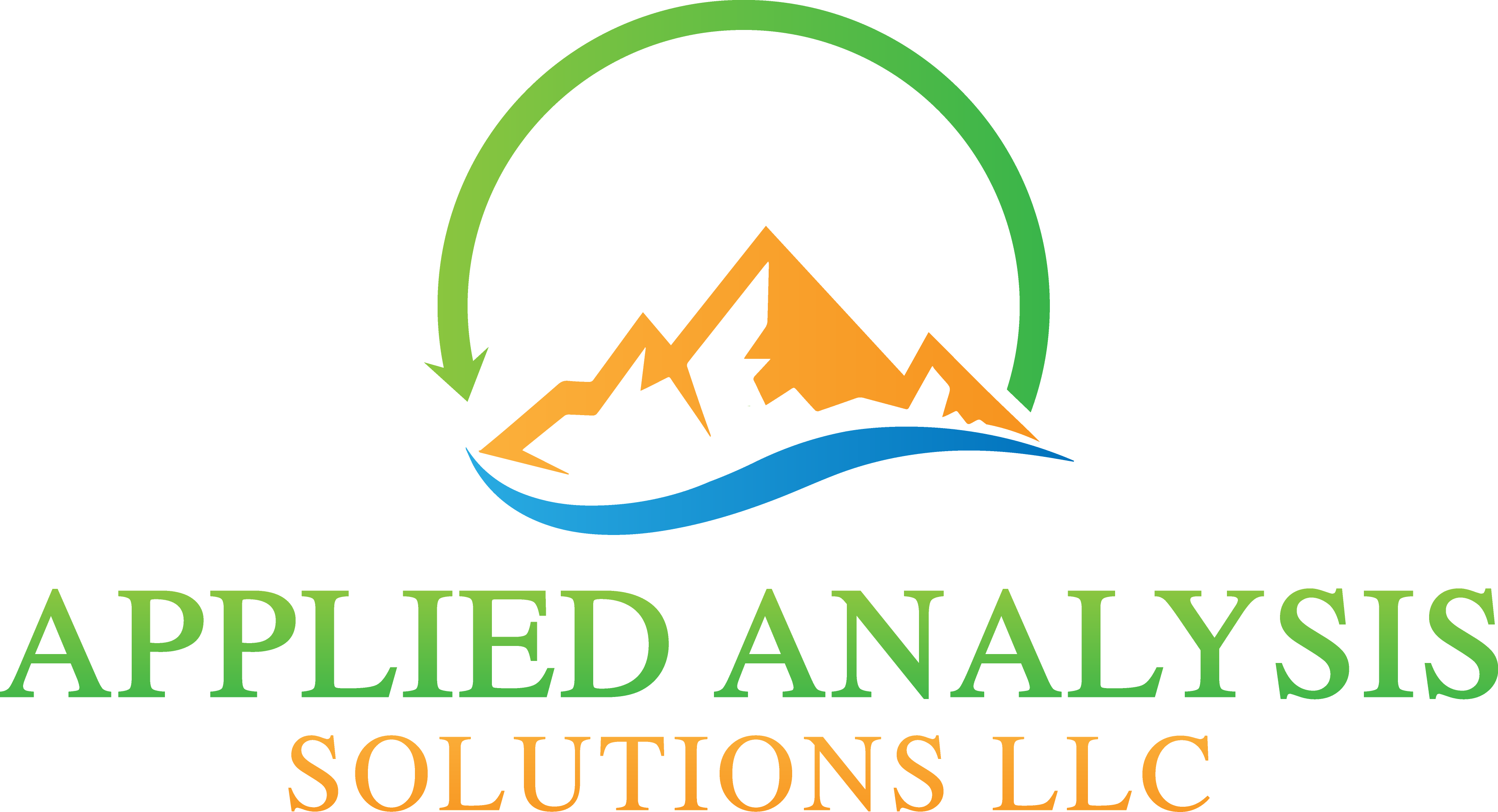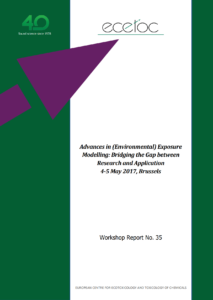2017
Advances in (environmental) exposure modelling: Bridging the gap between research and application. Technical Report
no. Workshop Report No. 35, 2017, ISSN: 2078-7219-35.
Abstract | Links | Tags: 2017, ECETOC, Public Report
@techreport{2017ECETOCGap,
title = {Advances in (environmental) exposure modelling: Bridging the gap between research and application.},
url = {https://www.ecetoc.org/publication/workshop-report-35-advances-in-environmental-exposure-modelling-bridging-the-gap-between-research-and-application-4-5-may-2017-brussels/, Workshop Page
https://www.ecetoc.org/wp-content/uploads/2021/10/ECETOC-WR-35.-Advances-in-environmental-exposure-modelling.pdf, Workshop Report},
issn = {2078-7219-35},
year = {2017},
date = {2017-05-04},
urldate = {2017-05-04},
number = {Workshop Report No. 35},
abstract = {This workshop was held to assess the current status of the science of environmental chemical exposure modelling in order to identify areas for improvement and recommend practical steps to improve the current situation. The workshop was attended by sixty international scientific experts from industry, academia, regulatory agencies and consultancies.
Assessing environmental exposure of chemicals is a challenging but critical part of assessing environmental risk. While there has been a great deal of resource directed towards activities aimed at advancing the use and application of exposure models, this ECETOC workshop provided the opportunity to review the recent advances in exposure models, with a particular focus on the following key themes:
Quantification of uncertainties
Identification of synergies across the different industry sectors and regulatory bodies
Applicability domain challenges
Chemical mixtures
Non-chemical stressors
Both regulatory and research-oriented models were considered within focused syndicate sessions dedicated to various categories of industrial chemicals.
The workshop included an IT Modelling Fair at the end of the first day, where some of the participants demonstrated exposure modelling tools and offered attendees some hands-on experience.
Workshop participants agreed on a number of general principles of best practice in environmental exposure modelling, and some recommendations were identified for practical steps towards improving the use and application of models. These are captured in the workshop report.
This report will be of interest to academic researchers, industrial environmental fate assessors, and regulatory bodies involved in chemical risk assessment.},
keywords = {2017, ECETOC, Public Report},
pubstate = {published},
tppubtype = {techreport}
}
This workshop was held to assess the current status of the science of environmental chemical exposure modelling in order to identify areas for improvement and recommend practical steps to improve the current situation. The workshop was attended by sixty international scientific experts from industry, academia, regulatory agencies and consultancies.
Assessing environmental exposure of chemicals is a challenging but critical part of assessing environmental risk. While there has been a great deal of resource directed towards activities aimed at advancing the use and application of exposure models, this ECETOC workshop provided the opportunity to review the recent advances in exposure models, with a particular focus on the following key themes:
Quantification of uncertainties
Identification of synergies across the different industry sectors and regulatory bodies
Applicability domain challenges
Chemical mixtures
Non-chemical stressors
Both regulatory and research-oriented models were considered within focused syndicate sessions dedicated to various categories of industrial chemicals.
The workshop included an IT Modelling Fair at the end of the first day, where some of the participants demonstrated exposure modelling tools and offered attendees some hands-on experience.
Workshop participants agreed on a number of general principles of best practice in environmental exposure modelling, and some recommendations were identified for practical steps towards improving the use and application of models. These are captured in the workshop report.
This report will be of interest to academic researchers, industrial environmental fate assessors, and regulatory bodies involved in chemical risk assessment.
Assessing environmental exposure of chemicals is a challenging but critical part of assessing environmental risk. While there has been a great deal of resource directed towards activities aimed at advancing the use and application of exposure models, this ECETOC workshop provided the opportunity to review the recent advances in exposure models, with a particular focus on the following key themes:
Quantification of uncertainties
Identification of synergies across the different industry sectors and regulatory bodies
Applicability domain challenges
Chemical mixtures
Non-chemical stressors
Both regulatory and research-oriented models were considered within focused syndicate sessions dedicated to various categories of industrial chemicals.
The workshop included an IT Modelling Fair at the end of the first day, where some of the participants demonstrated exposure modelling tools and offered attendees some hands-on experience.
Workshop participants agreed on a number of general principles of best practice in environmental exposure modelling, and some recommendations were identified for practical steps towards improving the use and application of models. These are captured in the workshop report.
This report will be of interest to academic researchers, industrial environmental fate assessors, and regulatory bodies involved in chemical risk assessment.

